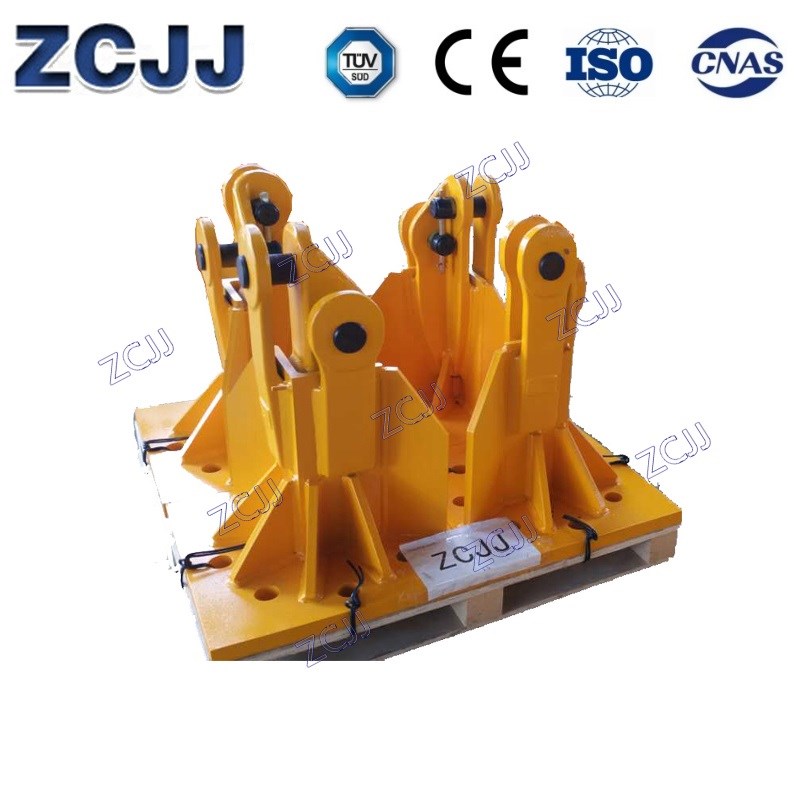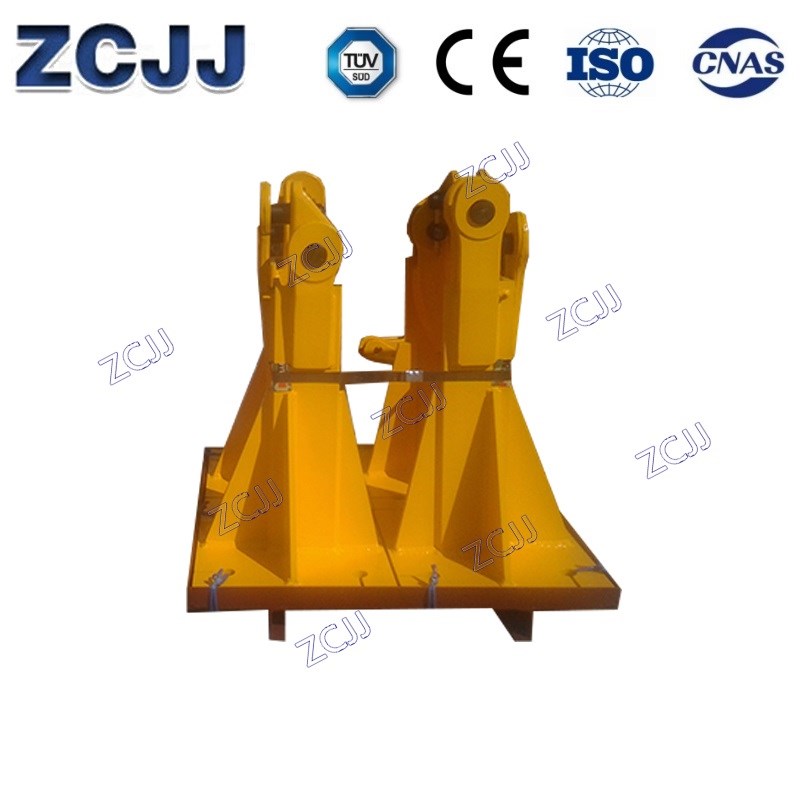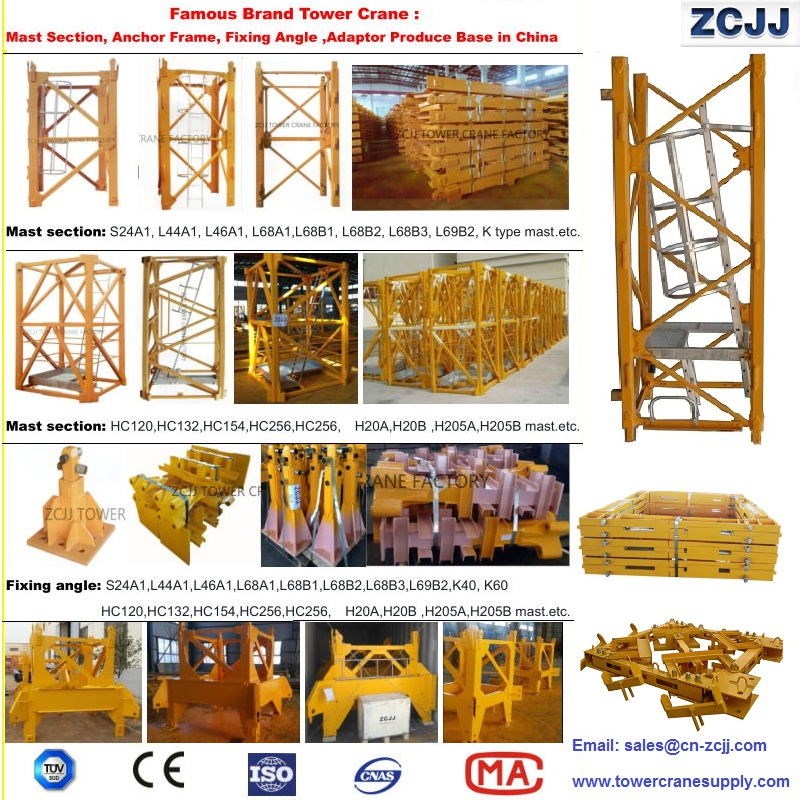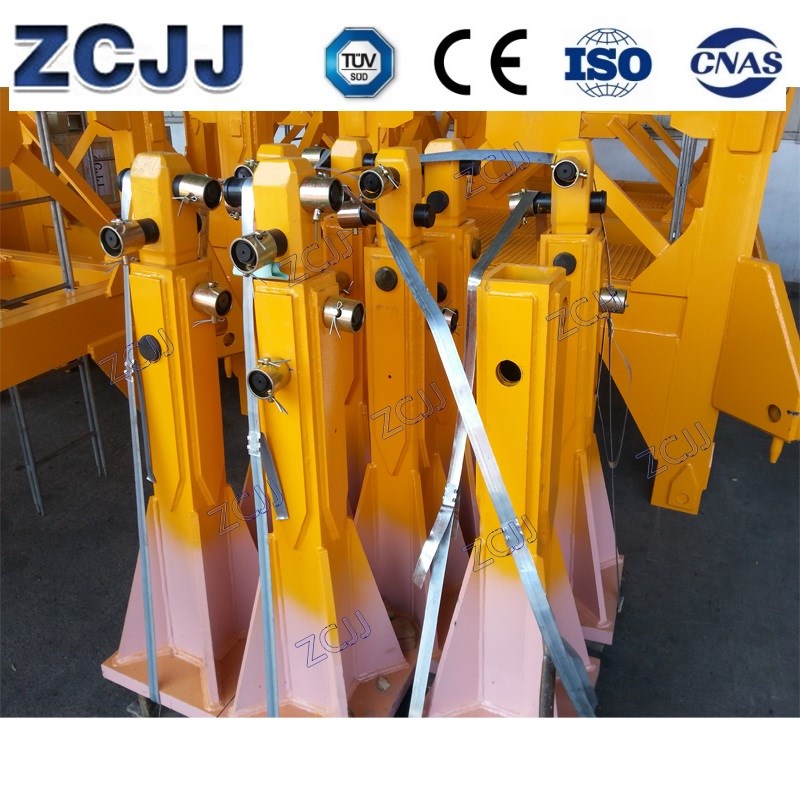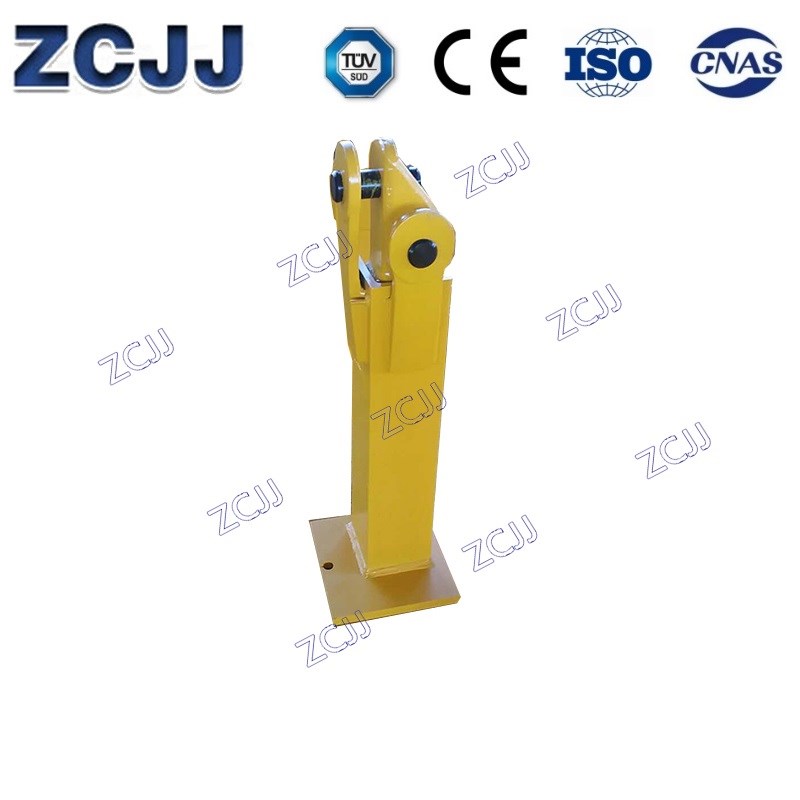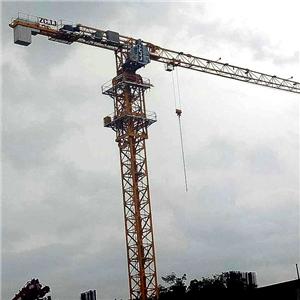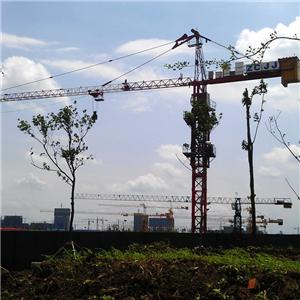R16E Bases Fixing Angle Tower Crane

- ZCJJ
- China
- 5days
- 20sets
La Reunion Tower Crane, St. Helena Tower Crane
Products Specification
Type , Model: R16E Bases Fixing Angle Tower Crane
Size: 1.6M
Use for : L44A1, L46A1,L46A2 ,L46A3 mast section ,P16A P16E, R16A, R16E , 1.6m L type mast
Materials: Q345B
Process: Blasting derusting,
Painting: Under painting , Middle painting, Surface painting.
Our factory produce and supply almost all famous brand tower crane :Mast section, Anchor Frame, Fixing angle ,Adaptor and so on as good quality and price.
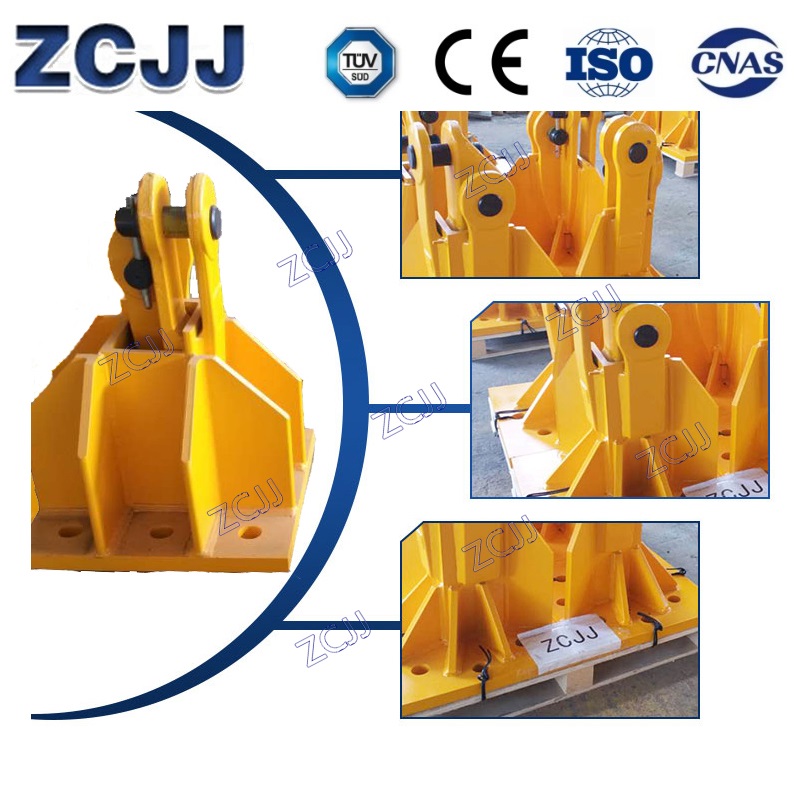

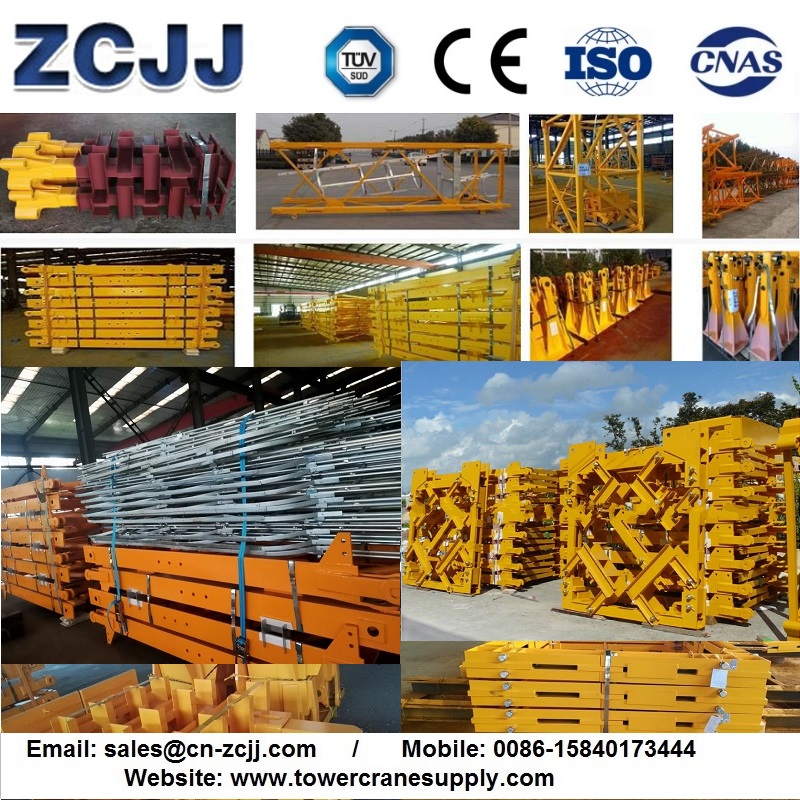
R16E Bases Fixing Angle Tower Crane
Tower Crane Knowledge sharing:
Tower crane foundation and the main building foundation to maintain a better position
Although the structure of the tower crane is huge, but the installation of the tower crane is not as difficult as expected. With the right skills, everything becomes easy. Below, we say next tower crane foundation and main building foundation maintain what position is better
[site solution]
There are four main points to be noted in solving this problem
1. Tower crane foundation shall avoid structural bearing platform.
2. The net distance between the tower crane and the edge of the building structure
3. It is better to install the wall attached to the tower crane on the shear wall.
4. In order to facilitate disassembly, it is better to install the tower crane in the long direction of the building structure and parallel to the axis.
R16E Bases Fixing Angle Tower Crane
Crane safety device - brake configuration
Crane brake configuration is in accordance with the actual, related to the service life of equipment and safety. Therefore, it is necessary to discuss the configuration of the crane brake.
Crane commonly used standard series of brake devices are electric hydraulic block brake, electromagnetic block brake, disc brake, belt brake, etc., the selection of the general to consider the type, specifications, and check the calculation, at the same time to consider the use of the environment and other related factors.
Brake type selection
The type of brake is mainly determined according to the product standard requirements and actual needs of the main engine or mechanism.
As stipulated in the standard, the hoisting mechanism and the luffing mechanism must be equipped with a normally closed brake, and the walking or slewing mechanism can use a normally closed brake.
R16E Bases Fixing Angle Tower Crane
1. Place of use
If the brake installation has enough space, can choose block, belt brake or arm disc brake When space limit value, can choose inside shoe type or clamp type disc brake.
2. Use environment
Considering the service environment of the supporting main engine, electromagnetic or pneumatic brake should be used in the occasions with strict requirements for oil leakage, and the electric hydraulic brake or metallurgical electromagnetic brake with higher insulation level can be used in the metallurgical places with higher environmental temperature.
In the environment of low or high temperature, and the open air hydraulic brake, should pay attention to the replacement of the corresponding brand of hydraulic oil.
In the environment with serious iron filings and dust, the electromagnet brake should be avoided to prevent dust from entering the electromagnet gap and affecting the absorption of electromagnet.
Special or important occasions
For special or important occasions, additional functions of the brake should be added as needed. Electric and hydraulic actuator heaters may be used in cooler environments.
When there are strict requirements for starting and braking process transition, add travel switch to understand the open and close state of the brake.
For the environment where maintenance and adjustment are difficult to implement, the brake clearance equalization device and automatic friction wear compensation device can be added.
A manual brake release device can be added to manually open the brake under special circumstances.
Use of brakes
After the brake specification is determined, in order to ensure that the brake can not only effectively brake or support load, but also avoid the impact caused by too long braking distance or too strong braking, the average deceleration speed, braking time and braking distance of the braking mechanism should be checked.
Different equipment applied in different working conditions, the relevant standards on the corresponding mechanism of the average deceleration, braking time, braking distance are clearly defined. For the brake of vertical braking and the brake frequently used in the high temperature environment should be carried out heat check.
Check whether the heat distributed by the brake at the maximum allowable temperature is greater than the heat generated during the braking process, in order to avoid the friction surface overheating damage or failure.
In order to alleviate the abrasion of brake and reduce the impact and vibration caused by excessive braking, it is recommended to support braking and control braking. Control braking is generally electric braking, such as regenerative braking, reverse braking, energy consumption braking and eddy current braking.
R16E Bases Fixing Angle Tower Crane
Electric braking is only used for kinetic energy consumption, so that the safety of the mechanism to slow down. When it is used with electric braking, the minimum safety factor supporting the brake should meet the original regulations separately.
Second braking can also be used to reduce wear and impact, the first braking is used to consume kinetic energy, so that mechanical safety deceleration and stop, the second braking to ensure the safety of support braking, such as for wind brake.
National standards stipulate: for the hook crane, when the lifting mechanism working level is equal to or higher than M4 and rated lifting speed is equal to or higher than 5m/min, electrical braking method should be adopted to ensure that in (0.2-1.0) times the load drop within the rated lifting weight range.
The motor speed before braking falls below the synchronous speed of 1,3. The working environment of conventional standard brake should not have flammable, explosive, and corrosive gases, if the environmental conditions exceed the relevant provisions, should choose explosion-proof brake.
R16E Bases Fixing Angle Tower Crane

